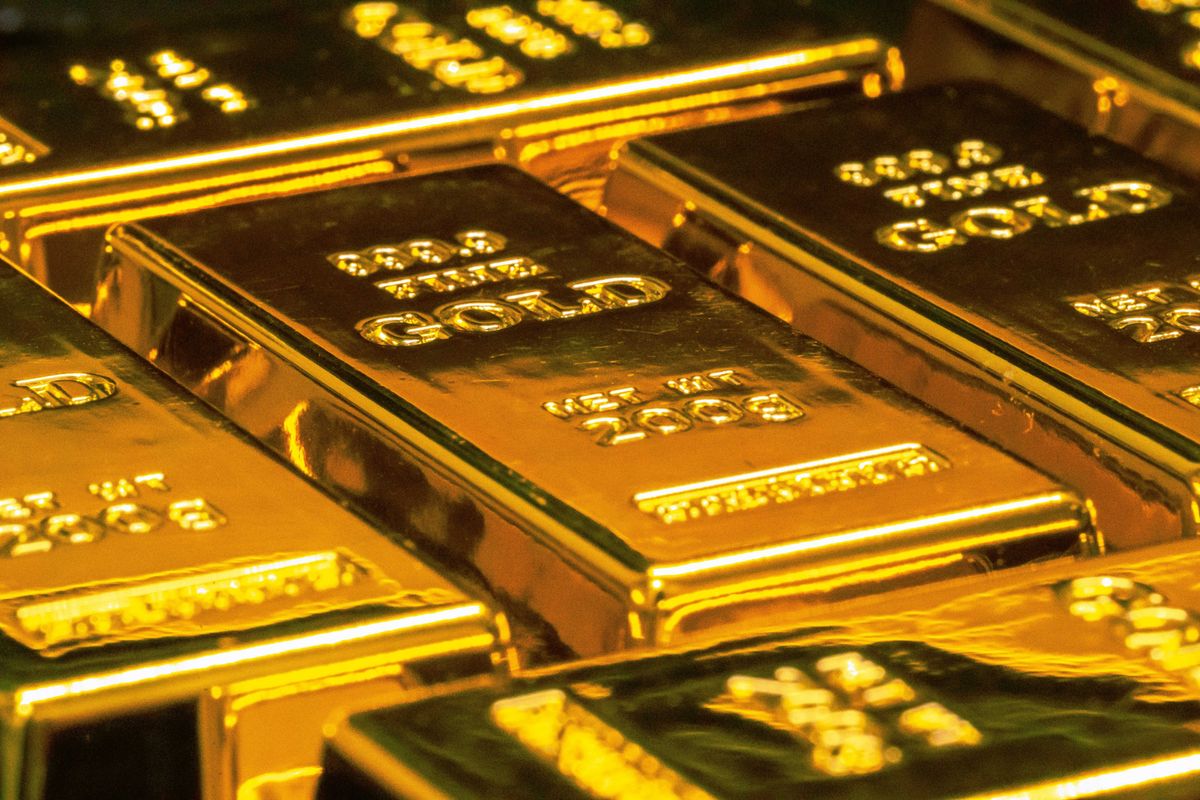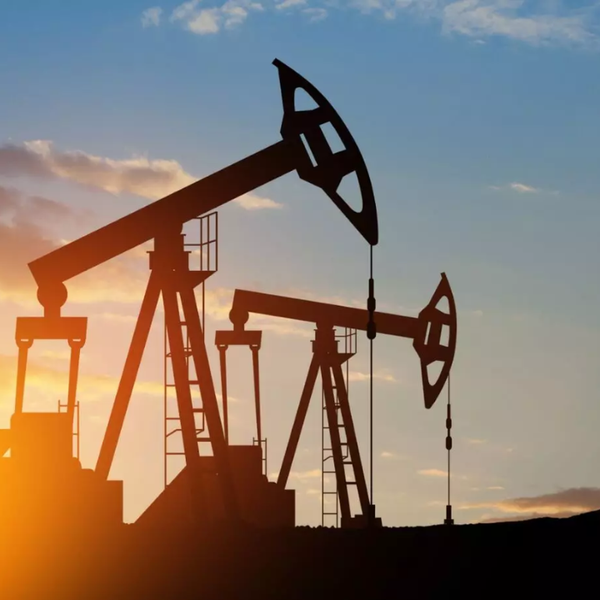What's behind record gold rally and central banks' hoarding
Two years ago, gold was below USD 2,000. Now it’s smashing records above USD 3,600 — and central banks aren’t done buying
Nida Gulzar
Research Analyst
A distinguished economist with an M. Phil. in Applied Economics, Nida Gulzar has a strong research record. Nida has worked with the Pakistan Business Council (PBC), Pakistan Banks' Association (PBA), and KTrade, providing useful insights across economic sectors. Nida continues to impact economic debate and policy at the Economist Intelligence Unit (EIU) and Nukta. As a Women in Economics (WiE) Initiative mentor, she promotes inclusivity. Nida's eight 'Market Access Series papers help discover favourable market scenarios and export destinations.

Central banks are betting on gold as a shield against inflation, sanctions, and overreliance on the US dollar.l
Not long ago, gold was steady but rarely in the spotlight. Then the world changed. Inflation spiked, wars flared, and policymakers struggled to keep economies steady. Two years back, the yellow metal traded near USD 1,900 an ounce. Today, it’s smashing through USD 3,600 — almost double the price and ahead of gold, stocks, bonds, and most commodities in terms of value increase.
Central banks flip the script
The story isn’t just about investors rushing into safe havens. It’s about central banks quietly — and sometimes not so quietly — rewriting their playbooks. According to the World Gold Council’s 2025 survey, nearly 95% of central banks expect global reserves to rise further. Many see gold as a shield against inflation, sanctions, and overreliance on the US dollar.
Two years ago, the pace was already strong: in 2022 alone, central banks bought more than 1,000 tonnes of gold, the highest since the 1960s. But since then, the momentum has accelerated. Today, the United States still leads with 8,133 tonnes of gold reserves, while Germany (3,350 tonnes), Italy (2,450 tonnes), France (2,436 tonnes), China (2,279 tonnes), and India (876 tonnes) round out the top ranks. Some of these numbers were meaningfully lower two years ago — especially for China and India, which have been quietly adding to their hoards.
The new drivers: inflation, sanctions, and FOMO
Gold has always outperformed other asset classes during crises, but today’s mix of risks is unique. Inflation hasn’t fully cooled. Trade tensions, from Trump’s new tariffs on Canada, Mexico, and China, have rattled supply chains.
And then there’s psychology: FOMO fever. With prices hitting record highs, institutional funds and retail traders are pouring into gold ETFs and futures, worried they’ll miss the upside.
Mining supply: a slower trickle
What makes the rally more striking is that new supply isn’t keeping pace. Global production hit 3,661 tonnes in 2024, but the discovery of big, high-grade mines has slowed dramatically. The world has mined more than 216,000 tonnes of gold throughout history, yet proven reserves are finite and costly to extract. That supply squeeze, paired with relentless demand, sets the stage for tighter markets.
What’s next?
Forecasts are racing to catch up. Deutsche Bank now pegs gold at USD 4,000 by 2026, while Goldman Sachs revised the 2025 year-end forecast to USD 3,700 per ounce, with a forecast range of USD 3,650-3,950 per ounce.
The World Gold Council says 95% of central banks expect global reserves to increase further this year.
That leaves the future looking like a tug-of-war: if central bank demand stays relentless while supply stagnates, the rally could push into uncharted territory. But if inflation cools faster or rate cuts stall, gold could face a breather.
Why it matters at home
In Pakistan, the rally cuts both ways. Gold has outshone other asset classes other than the PSX, giving households a hedge against rupee volatility.
But with prices now at historic highs, affordability has slipped, pushing gold jewelry out of reach for many new buyers.
For policymakers, the lesson is global: gold is no longer a quiet corner of reserves — it’s the centerpiece of financial strategy in an age of uncertainty.
Implications & What to watch
- Price volatility: Gold may correct from recent highs, especially if interest rates remain higher than expected, or if the dollar strengthens. But overall trends point upwards.
- Dollar strength and weakness: A weaker US dollar tends to support gold; if dollar interest rates rise, that can reduce gold’s appeal.
- Central banks' move: If large central banks (China, India, Russia, etc.) continue or increase purchases, that reduces available supply and provides a ‘floor’ under price.
- Inflation and real yields: If inflation remains elevated, or real yields (interest rate minus inflation) stay low or negative, gold tends to do well.
- Supply constraints and cost pressures: Mining costs, environmental regulation, and declining ore grades could make new production harder; any disruptions in major gold-producing regions may tighten supply.
- Geopolitical risks: Trade conflicts, sanctions, and instability make gold more attractive as a reserve and safe asset.










Comments
See what people are discussing